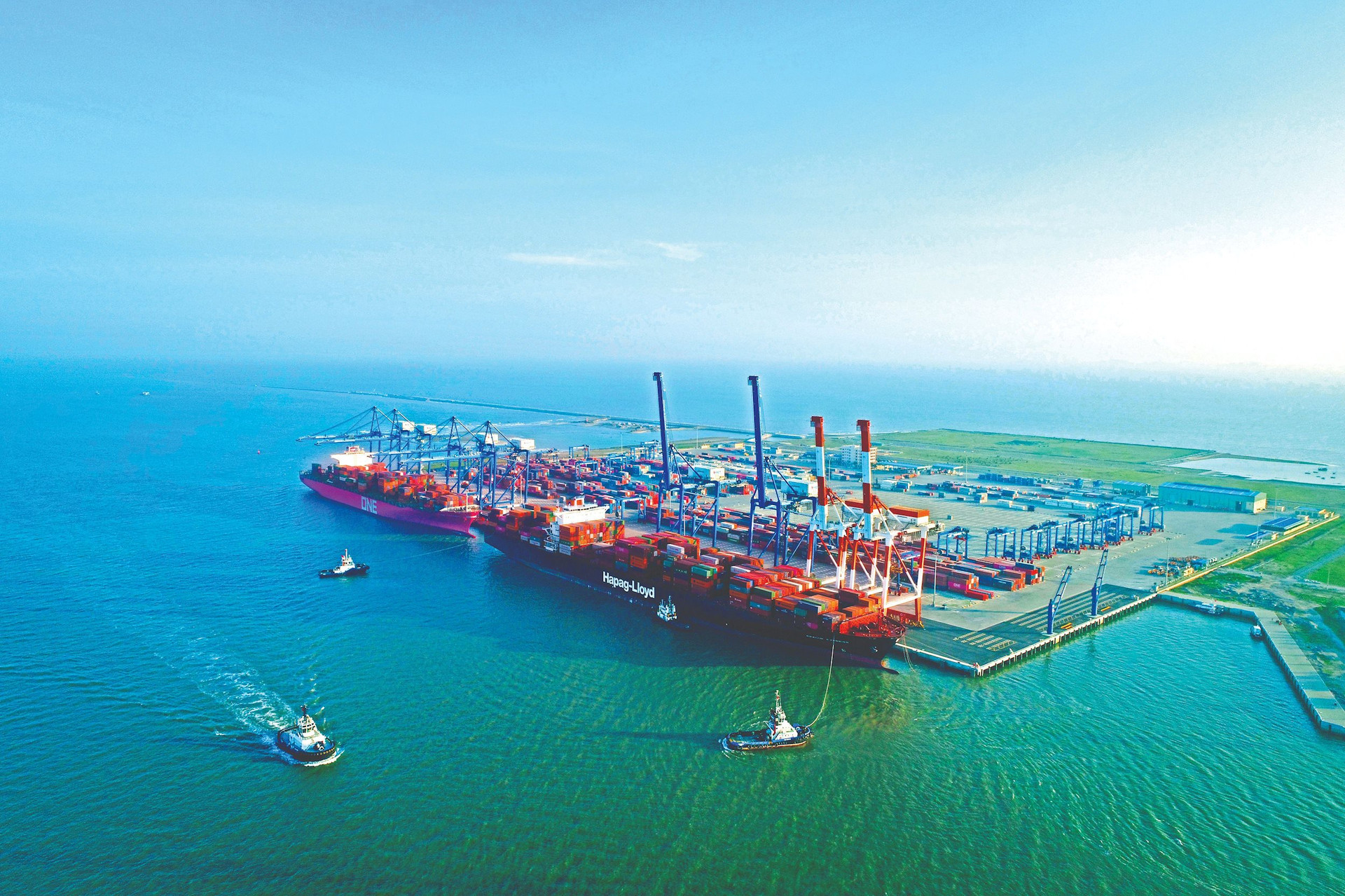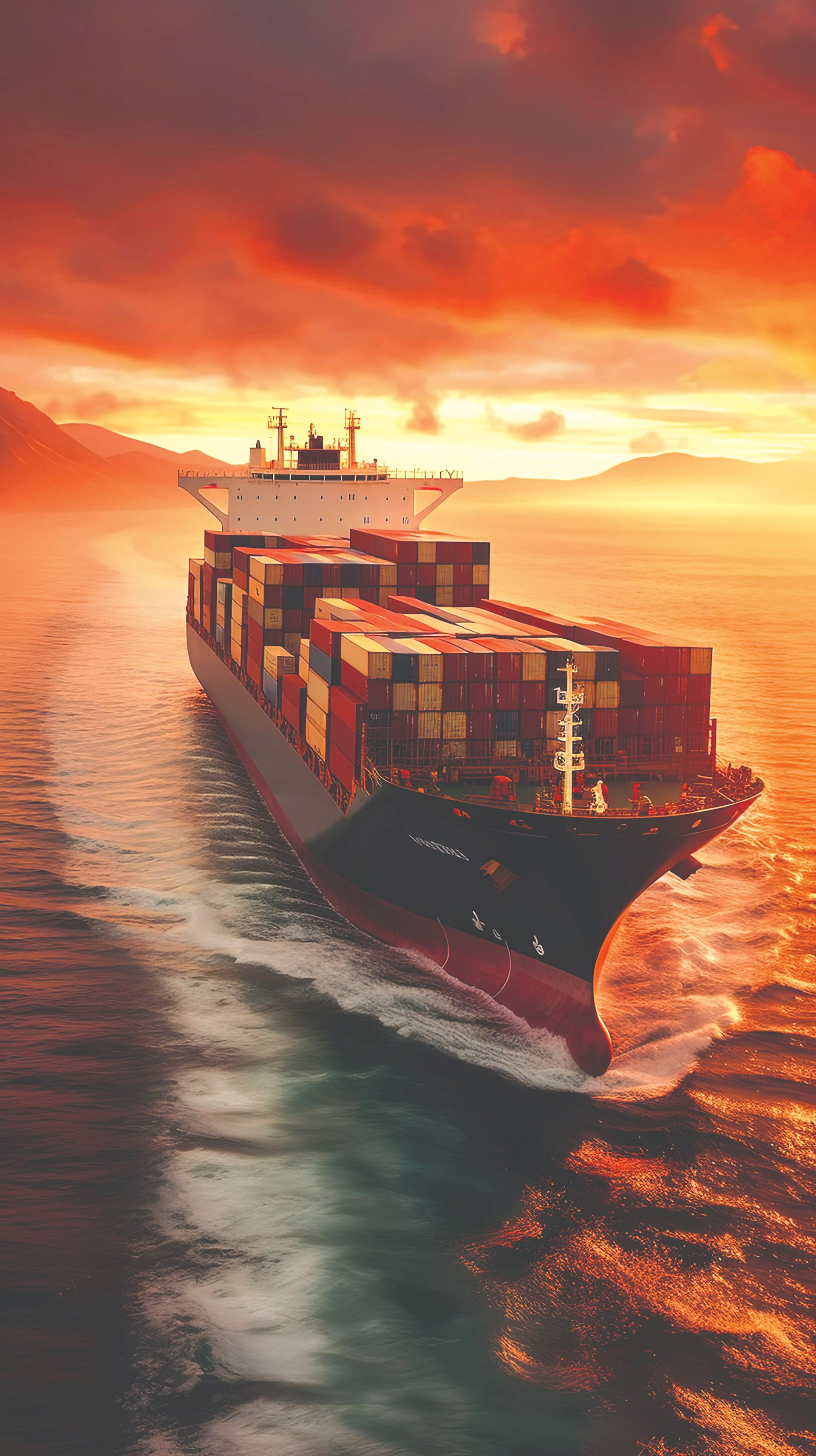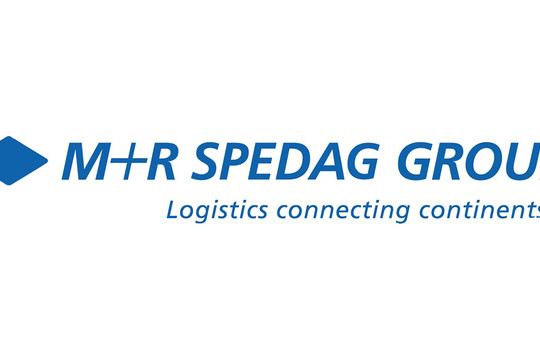1. Be sure to read the fine print
Find the total cost of transportation and confirm what is fixed and what is variable. The ocean market is competitive and some rate offers may be too good to be true.
Many BCOs are eager to recoup the higher ocean freight costs spent over the past two years, but it’s still important to understand the terms and conditions. Learn the applicability of future general rate increases and mechanisms for bunker adjustment factor price fluctuations.

2. Be a preferred shipper
Large volumes do afford buying power, but ocean carriers also desire regular, dependable BCOs on key routes. Make sure your operations deliver shipments prior to cutoffs (latest receipt date) and do the same for submitting your shipper’s letter of instructions (SLIs).
3. Encourage communication and documentation
These can be just as important as transportation when selecting ocean partners. How well does the carrier notify of delays? No one wants to find out about a delay after their customer is aware. Does the carrier issue timely and accurate bills of lading? The consequential costs of poor documentation can significantly outweigh the cost of transportation.
4. Use carrier scorecards
Scorecards (or Balanced Scorecard) are an effective tool to objectively review data when assessing performance under service level agreements. Carrier scorecards provide a quality framework to collaborate on continuous improvement opportunities.
5. Do not put all your eggs in one basket
Many BCOs learned the importance of supply chain resilience the hard way over the past few years. Mitigate risk with carrier selection, rate agreement type, and routings.
6. Stay hyper-vigilant on transit times
Maersk and MSC said last month that they would not continue their 2M alliance once it expires in 2025 - and others may follow suit. A route that was historically direct from point A to point B may move in the future via transshipment or feeder.
If you use a transit time in your enterprise resource planner (ERP) as a delivery-to-promise date for a customer, routinely review the service changes to make sure the confirmed customer ETA is attainable.
7. Reduce your lead times

Similar to transit time, the current state of overcapacity in the ocean market allows BCOs to reduce overall cycle time from order to cash. Lead times were as high as six weeks during the pandemic due to equipment availability and vessel space. In today’s environment, BCOs should be able to cut that in half and perhaps even get on next week’s vessel.
8. Ship with green in mind
The day is quickly arriving for commercially viable green ocean transportation options, with many companies developing ambitious sustainability objectives. Many carriers offer different “greener” services, but BCOs should carefully examine these offerings to partner with providers that are able to deliver accurate tracking of actual emissions and utilize lower carbon emissions fuel as advertising.
9. Optimize shipment routing
The world and ocean transportation has changed significantly, with new key ports, intermodal connections, and strategies. Forward-hubbing—the strategic positioning of containers in key regional hubs such as Singapore and Antwerp—offers better delivery reliability to end customers. Barges and rail also provide lower carbon modes of access to the hinterland for greater connectivity optimization.
10. Partner with a non-vessel operator (NVO)
NVOs offer routing flexibility, optionality among carriers, and most importantly competitive rates to help your bottom line. Many BCOs benefited from their NVO partnerships during the pandemic. They have seen fit to increase the NVO’s role in managing ocean freight, allowing them to focus on their products and customers.
Source Inboundlogistics





.png)
.png)
.png)


.png)
.png)






.png)

